Breaking rocks and concrete is a crucial task in various industries – from construction and mining to demolition and excavation in residential, industrial, commercial and infrastructural industries. Traditional methods like dynamite and TNT have been used to accomplish this feat, but recent advancements have introduced safer alternatives like expanding grout! In this article, we’ll dive into the pros and cons of each method, highlighting their safety, efficiency, and environmental impact to help you make an informed decision for your rock and concrete breaking needs.

- Dynamite and TNT: Dynamite and TNT (trinitrotoluene) are explosive materials that have long been used for breaking rocks and concrete. While they are effective in achieving the desired results, there are several important considerations to keep in mind:
- Safety Concerns: Handling explosives requires specialized training and equipment, posing a significant risk to personnel and the surrounding environment. Accidental detonations can lead to serious injuries or even fatalities.
- Environmental Impact: The use of explosives can cause noise pollution, air pollution, and ground vibration. These impacts can disrupt ecosystems and neighboring communities.
- Regulation and Permits: The use of explosives is tightly regulated and requires permits, adding legal and administrative complexities to the process.
- Expanding Grout: Expanding grout, also known as non-explosive demolition agent, is a safer and more environmentally friendly alternative for rock and concrete breaking. This method involves drilling holes into the material and pouring in a specialized grout, which expands as it cures, exerting immense pressure and breaking the material apart. Here’s why expanding grout is gaining popularity:
- Safety: Expanding grout eliminates the risks associated with explosives. It requires minimal training and equipment, reducing the likelihood of accidents.
- Environmental Impact: Expanding grout produces minimal noise, dust, and vibrations, making it a suitable choice for densely populated areas or ecologically sensitive locations.
- Cost-Effectiveness: While the initial investment might be slightly higher, expanding grout often proves to be cost-effective in the long run due to reduced regulatory requirements and lower operational risks.
- Precision: Expanding grout allows for precise control over the breaking process, ensuring minimal damage to surrounding structures and a safer work environment.
- Choosing the Right Method: When deciding between dynamite, TNT, and expanding grout, consider the following factors:
- Project Scope: The scale of your project can influence the choice of method. Expanding grout is ideal for smaller projects or situations where safety and environmental concerns are paramount.
- Location: If your project is in a densely populated area or near sensitive ecosystems, expanding grout is likely the better option due to its minimal impact.
- Expertise and Training: Dynamite and TNT require specialized expertise and training while expanding grout is relatively easier to use.
- Regulatory Requirements: The use of explosives involves complex regulations and permits, which can add time and cost to your project.
In the world of rock and concrete breaking, the choice between dynamite, TNT, and expanding grout hinges on a balance between effectiveness, safety, and environmental impact. While traditional methods like dynamite have been used for decades, expanding grout offers a compelling alternative that prioritizes the well-being of workers and the environment. Before embarking on your next project, carefully evaluate your needs and the factors outlined in this blog to make an informed decision that ensures both successful results and responsible practices.



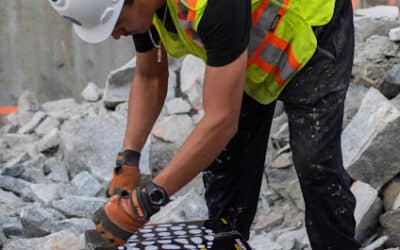
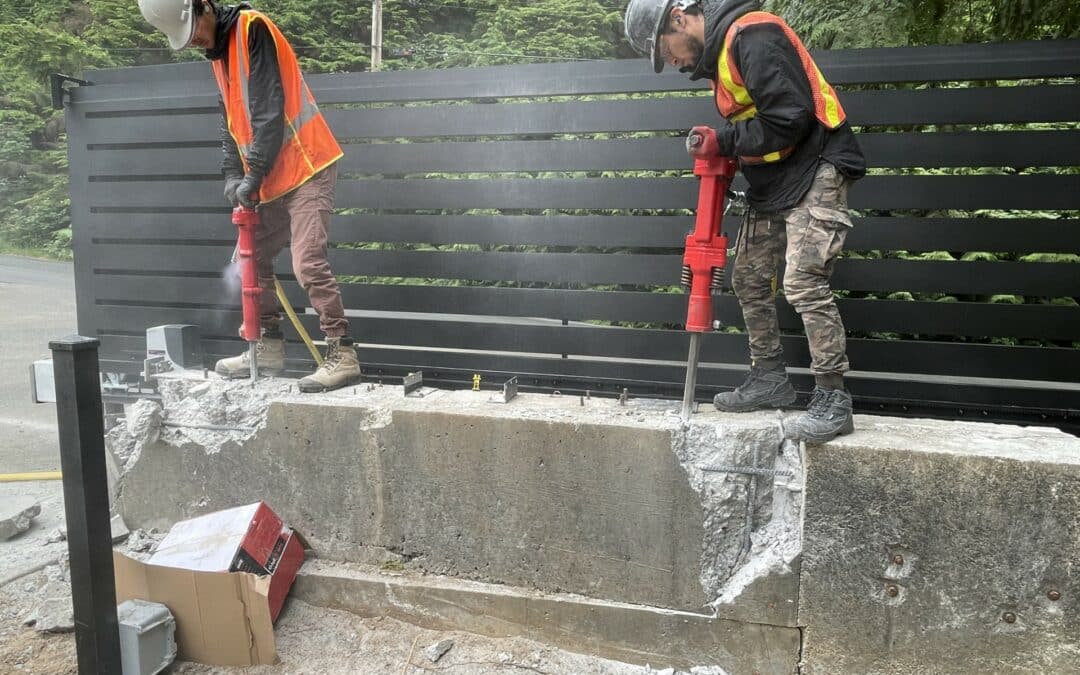
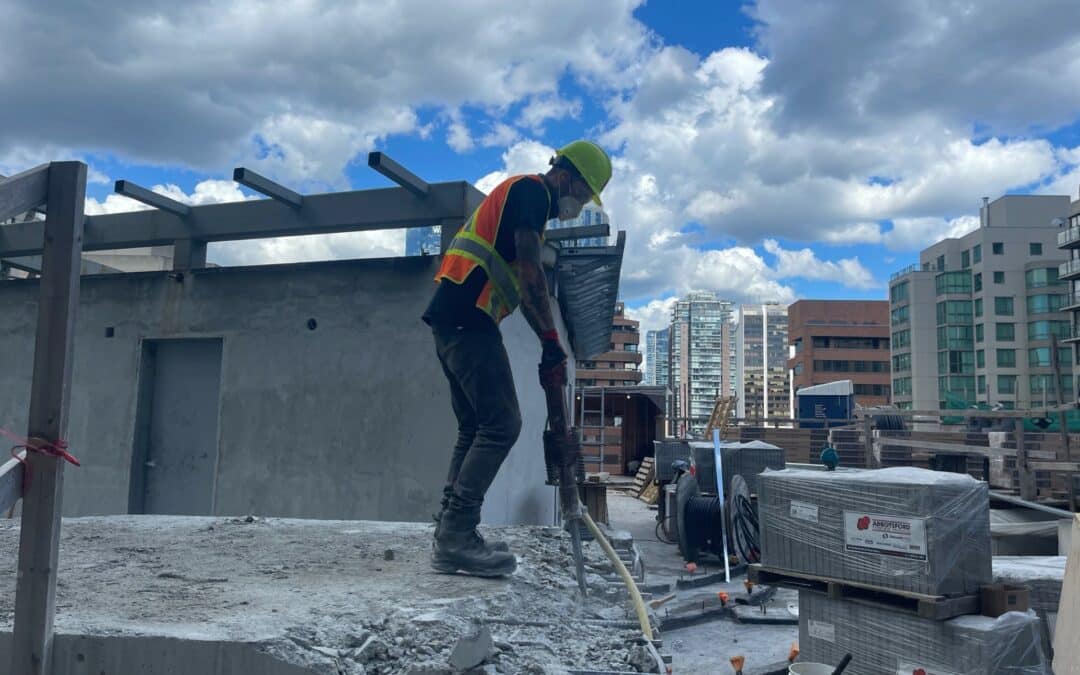
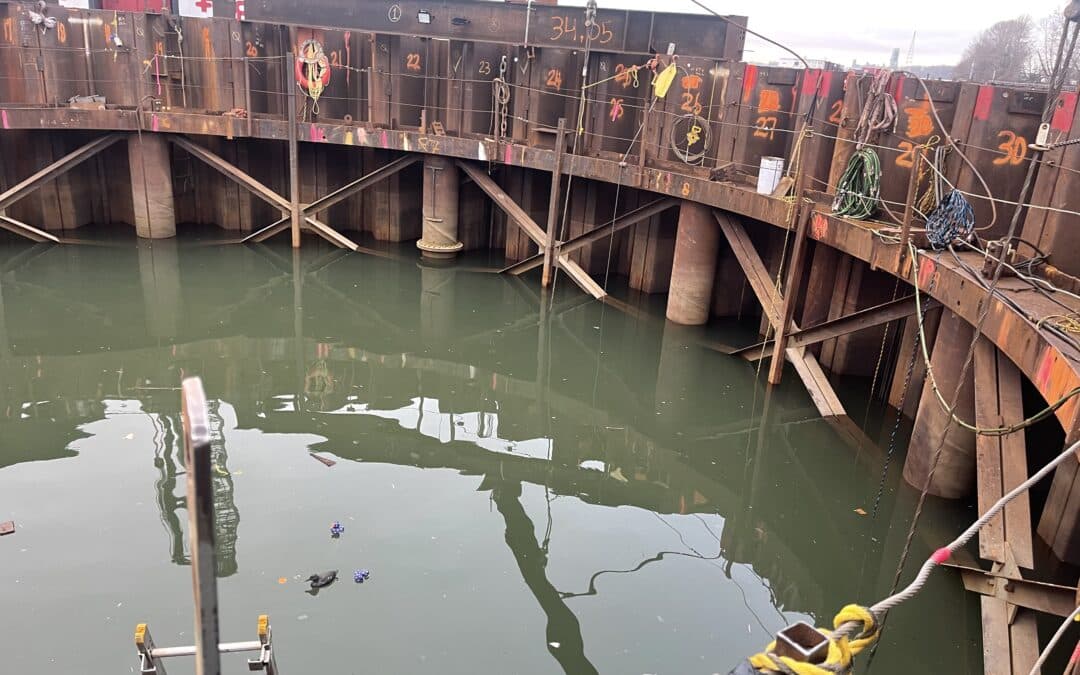
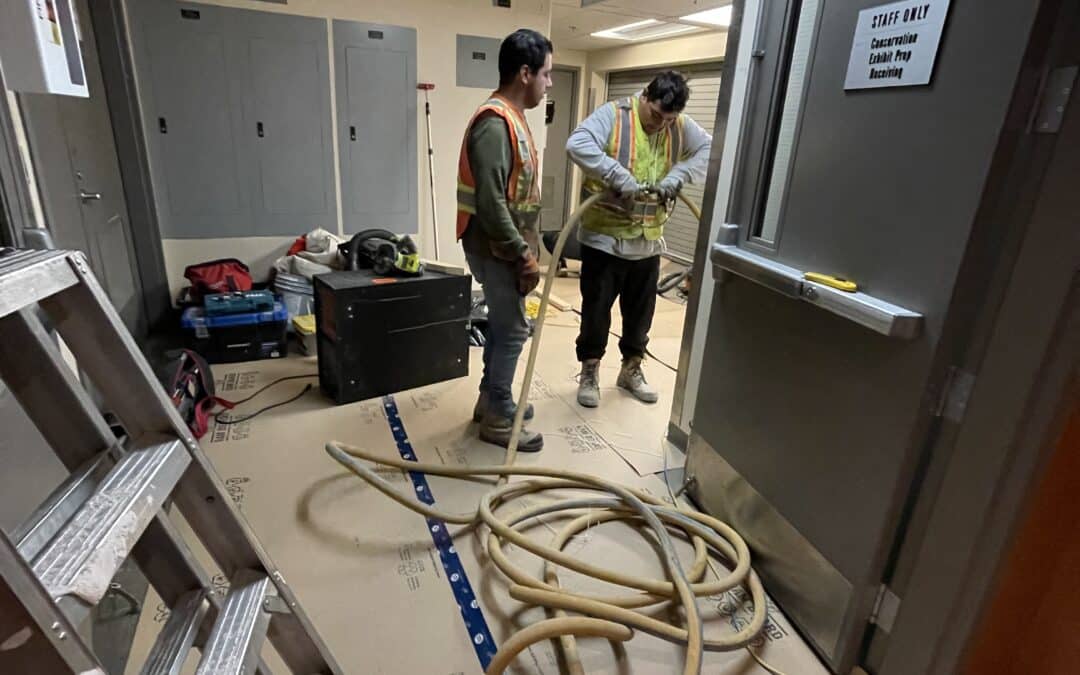
0 Comments